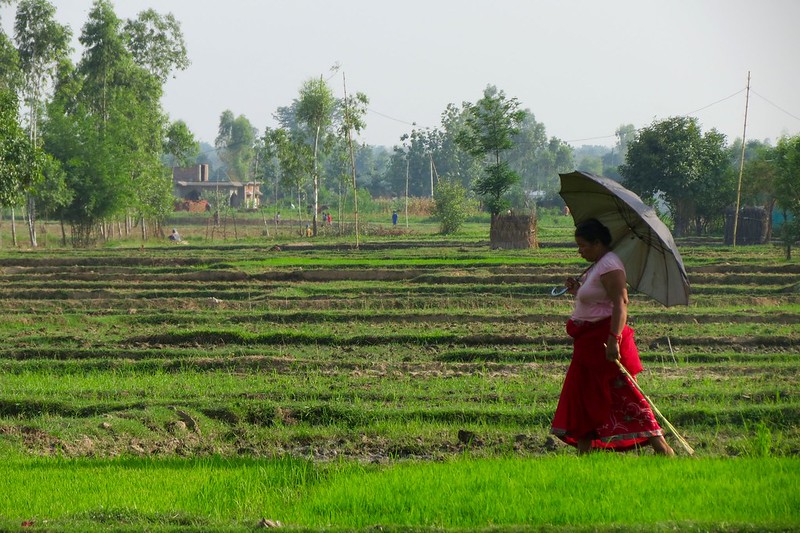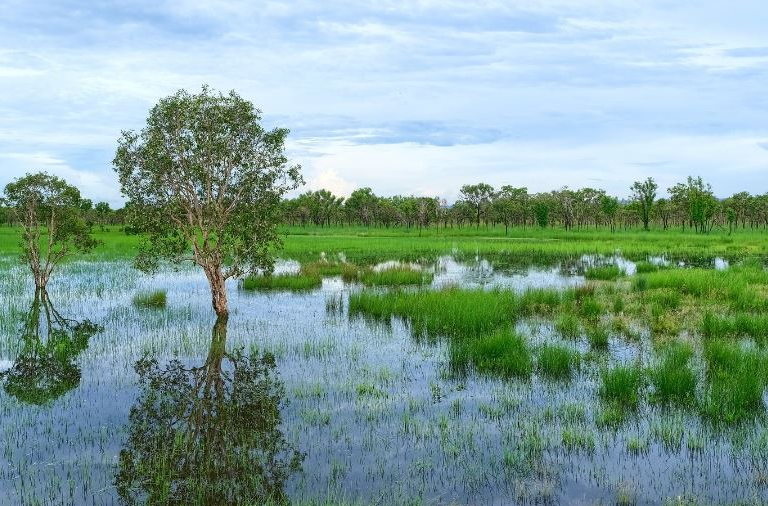Nearly two dozen experts from around the world have issued a call to action to protect freshwater biodiversity.
“It’s our collective opinion that freshwater biodiversity is really important, but it’s often forgotten,” says Steven J. Cooke, a professor of biology at Carleton University and a coauthor of the paper published in the journal WIREs Water.
Globally at least one-third of freshwater species are threatened with extinction, and they’re disappearing twice as fast as species in the ocean or on land. Habitat loss and degradation, pollution, river fragmentation, invasive species, climate change, mining, microplastics and pharmaceuticals are just some of the threats driving these losses.
And they’re taking a big toll. Freshwater vertebrates declined 84% from 1970 to 2016. And invertebrates and aquatic plants are perpetually forgotten in discussions about biodiversity, says Cooke. “There are many organisms that get relatively little attention.”
That might be because many of these plants and animals are out of sight, in frothing rapids or deep lakes or turbid rivers. We don’t see life below the surface, so we don’t act to protect it.
Freshwater species also aren’t as colorful and showy as those in the marine realm.
“When it comes to freshwater, it’s kind of a blind spot because a lot of the life there is cryptic,” says Cooke.
Freshwater biodiversity is greatest in the Global South, but that’s also where there’s the least amount of money for research that could help protect it. “We’re losing species there before we’re able to document their existence,” says Cooke.
But the Global North doesn’t have everything sorted, either.
In Canada, where Cooke is a fish biologist, there are 10 million lakes. “We don’t have 10 million biologists,” he says. “We don’t have 1 million biologists. That means each resource manager is responsible for hundreds of kilometers of rivers and hundreds if not thousands of lakes and wetlands. You can’t do it all.”
But there’s still a lot that can be done to help protect freshwater biodiversity — especially if people better understand the benefits these plants and animals provide.
“We wanted to flip the more common conservation narrative that only focuses on declines to populations to instead show the importance of freshwater biodiversity by highlighting the benefits that are being lost,”
says Abigail Lynch, a research fish biologist with the USGS National Climate Adaptation Science Center and the paper’s lead author.

Nepali woman crosses the rice paddy in Sitapur, Nepal. Photo: Robin Johnson/USAID (CC BY-ND 2.0)
Here are some of the reasons, according to the paper, to protect freshwater ecosystems:
- Individual freshwater species help keep ecosystems healthy — along with the human communities they support. Aquatic plants like sedges, reeds and rushes help control runoff, capture sediment, and filter pollutants.
- These ecosystems also have key roles in fighting climate change by sequestering carbon and methane. “It is estimated that wetland ecosystems contain about 20% to 30% of the global carbon pool and contribute a significant role in the atmospheric carbon cycle,” the researchers write.
- Wetlands are also hailed for their role in cleaning water by filtering pathogens and pollutants, like nitrates which can cause harmful algal blooms.
- Freshwater plants and animals are important food sources. More than 90% of fish caught in inland waters are for human consumption. And rice, grown in freshwater, feeds half the world.
- We rely on freshwater organisms for medicinal, veterinary and pharmacological products.
- Freshwater ecosystems and biodiversity are deeply linked to culture in many places.
- Lakes and rivers provide opportunities for angling, swimming, birdwatching, photography, snorkeling and other recreation activities.
We have a long way to go to make sure that these important areas and diverse species are protected. But one significant step was made last December’s at the global Convention of Biological Diversity, where the international community recognized “inland waters”as a realm worthy of protection for the first time.
“Freshwaters are not seas and they need to be managed differently and thought of differently,” says Cooke.
There’s also an opportunity to pair freshwater biodiversity solutions with climate solutions. One way to do that is building more “nature-based solutions,” like constructed wetlands that store carbon, support aquatic life, clean water and control pollution.
We need to take action now, and with an eye toward practitioners, says Cooke.
“Restoration ecologists, watershed planners and environmental managers who are making decisions on a day-to-day basis affect the future of our freshwater resources,” he says. “We need to make sure they’ve got the right information to be making good decisions, and that they are supported behind the scenes with good legislation and with public interest that generates the political will to actually invest the resources and end up with real action.”
We need functional freshwater systems to ensure clean water, food security and wellness.
“Investing now just makes good sense,” says Cooke. “Fix it before it’s entirely lost, or the costs are going to be truly massive.”
Teaser photo credit: Monsoon season wetlands in Kakadu National Park, Australia. Photo: Geoff Whalan (CC BY-NC-ND 2.0






